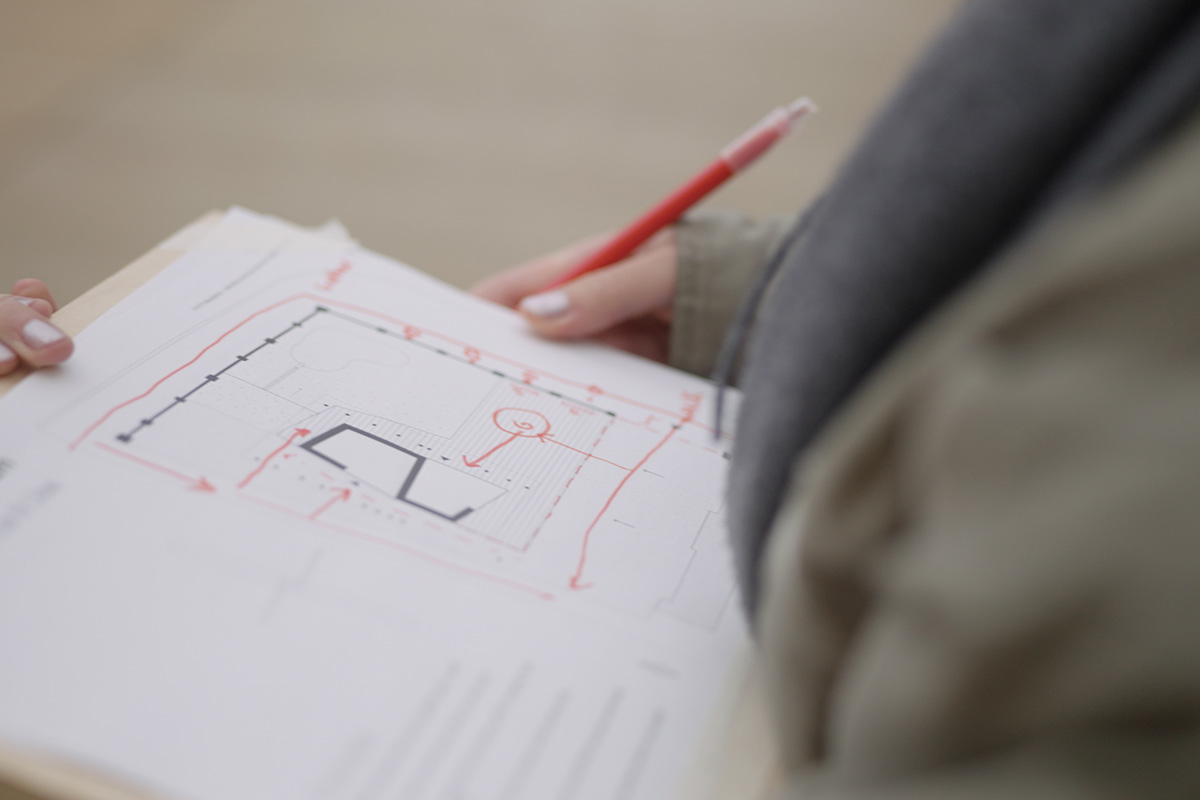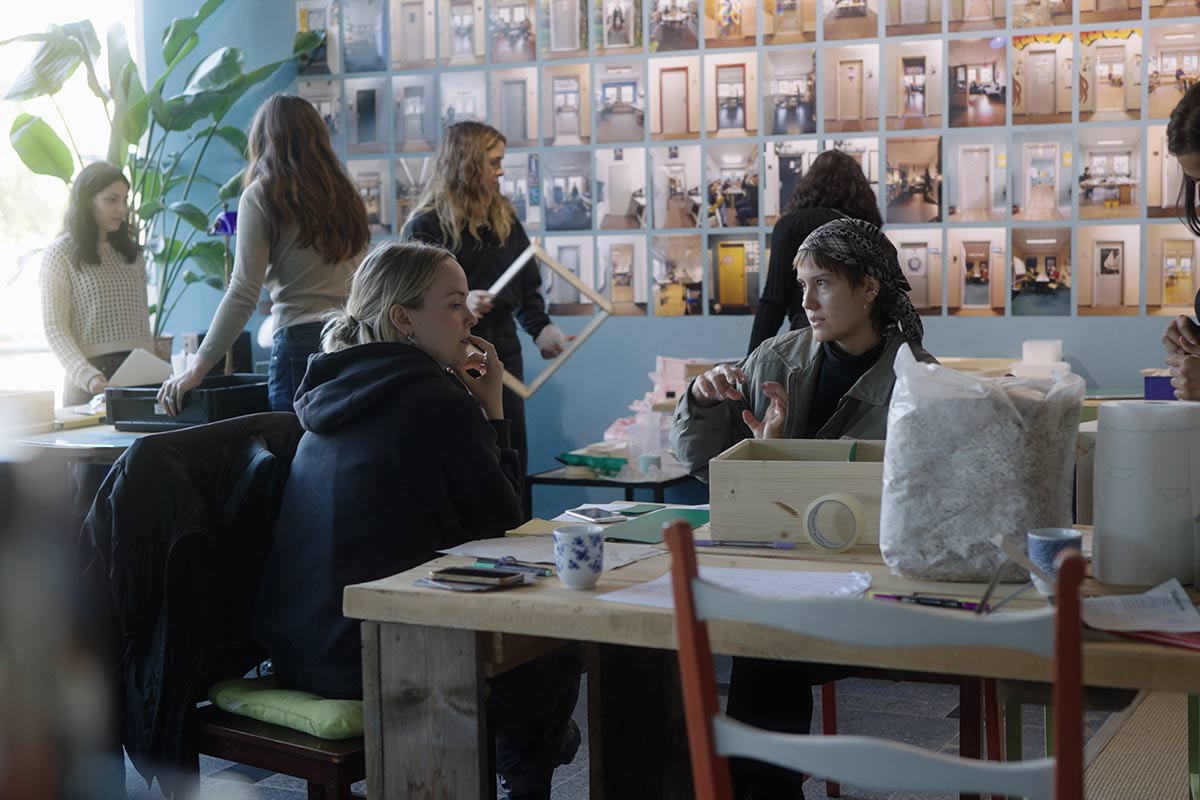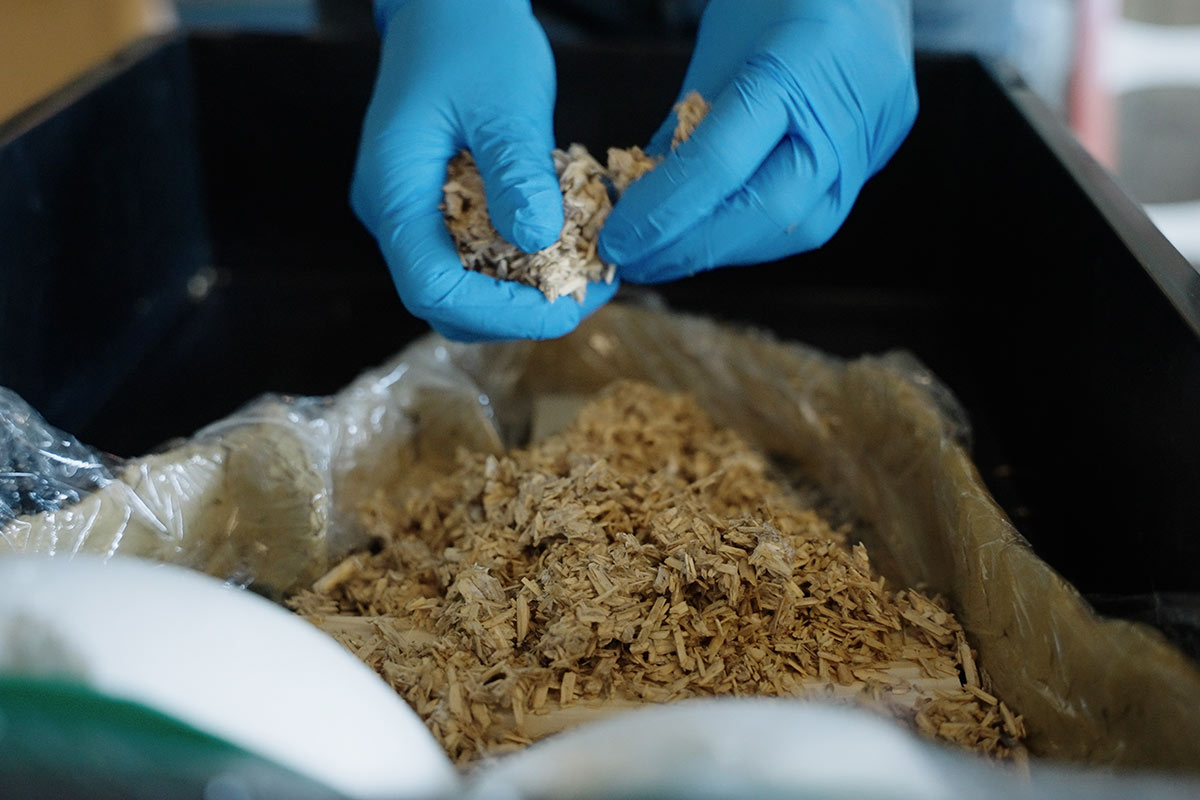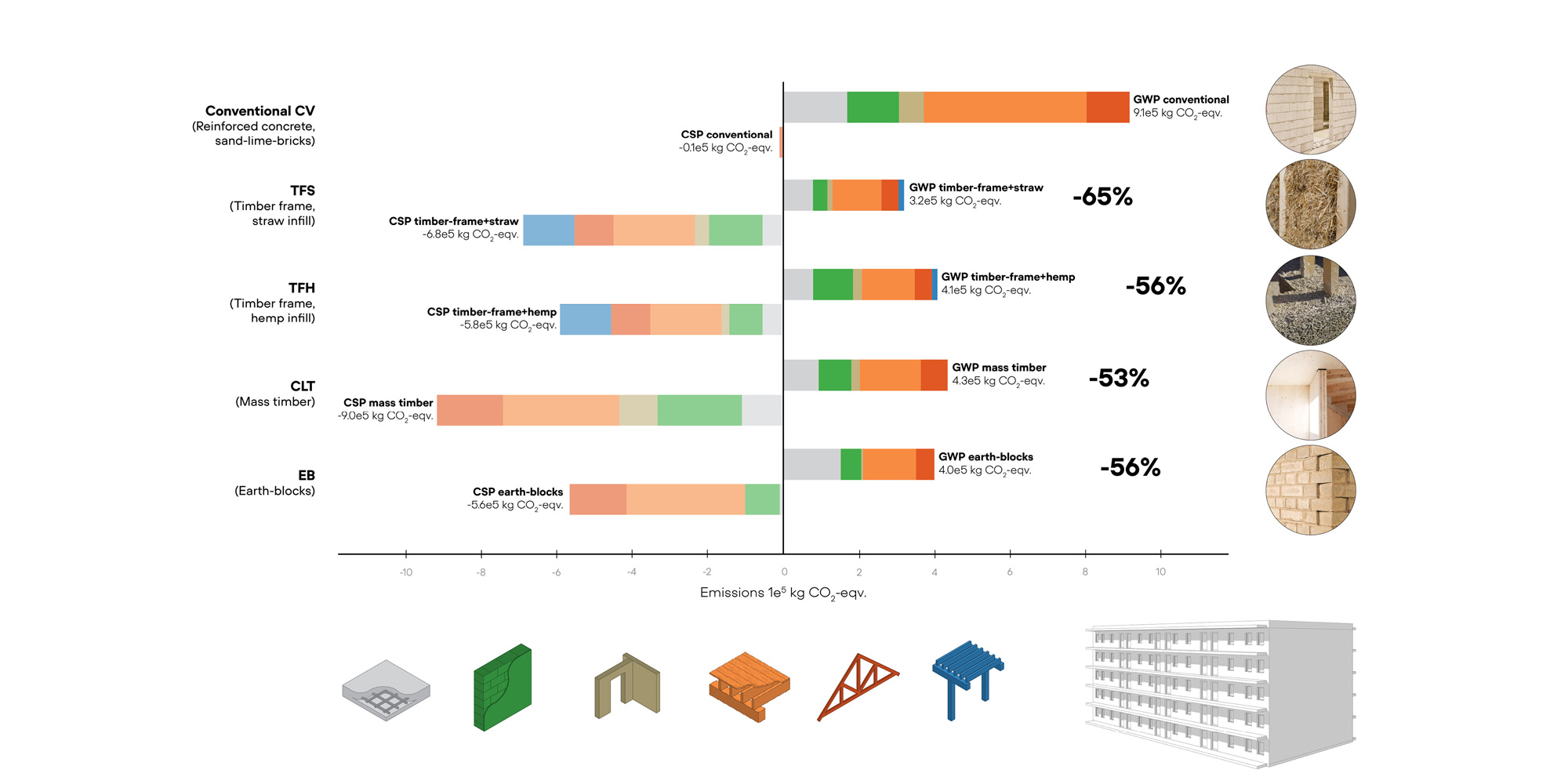
© 414 Films
All articles
Living Materials for Multispecies Cohabitation – A more-than-human approach to regenerative building
Date
5/11/2025
Read time
0
minutes
From a tunnel for toads to a swallow’s nest to a flowerpot disguising a sandbox for ground bees, small habitats are tucked away throughout the site of the ProtoPotsdam pavilion. These are the result of Living Materials for Multispecies Cohabitation – the second ProtoResidency of 2025 with designer-researchers Gabriela Farias and Nuria Keeve.
The project was a participatory exploration of local species’ natural habitats and needs, incorporated into self-designed building components made from mycelium. It began with a discussion of local habitats with a biologist at the Potsdam natural history museum and moved from there into mapping exercises, species profiles, and finally hands-on crafting of mycelium moulds. The profiles of the animals acted as “lenses,” drawing attention to conditions that might otherwise remain invisible to the human perspective, such as sunny walls, shaded corners, pathways, wind tunnels, puddles, or light pollution.

© Francesca Brecha / Bauhaus der Erde gGmbH
Living Materials
The designer and researcher Gabriela Farias has been working exclusively with mycelium components in many forms over the past two years. The material is adaptable and can be grown into any shape, making it ideal for creative design and micro-habitats. In addition, the material uses organic waste products such as hemp, straw, textiles, or even coffee grounds, and is itself biodegradable after use. In the residency, Farias tested multiple bio-sealants and finishes to see which can improve the performance of the mycelium components on the site.
Mycelium is a living organism. Designing with it brings biomaterials into architectural practice and expands multispecies thinking by considering fungi as collaborators. – Gabriela Farias
Multispecies Cohabitation
Nuria Keeve is an urban landscape designer and researcher who has specialised on the incorporation of the built environment and urban environments into broader ecosystems. Keeve guided participants in mapping the site through the perspective of other species – bats, woodpeckers, toads, swallows, bees, and other insects – translating this knowledge into spatial insights. These species, many endangered, became tangible not as isolated organisms, but as co-inhabitants whose survival depends on microclimates, surfaces, crevices, and interactions with humans and other beings. From this foundation, participants sketched first habitat prototypes – practical, imaginative responses to the question: What would it mean to design from the perspective of another species?
The exhibition opened in October and will stand through the end of the year, allowing the components to be evaluated for durability and water resistance – and giving time for their “end users” to move in.
Press Gallery
Partners

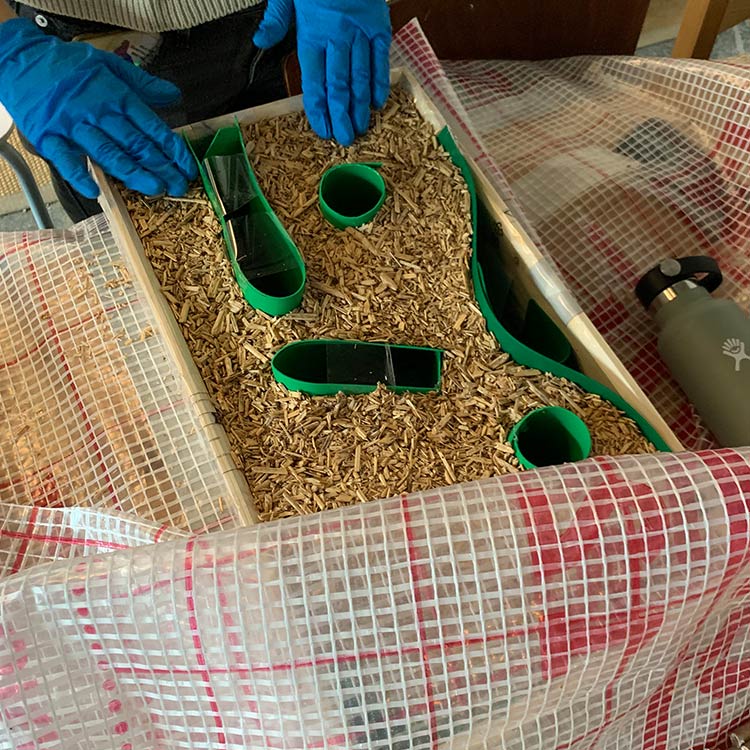
-web-(c)-414films.jpg)
